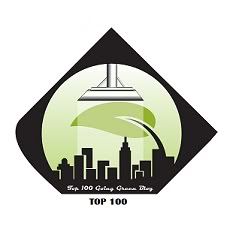Fragrances have been part of life since ancient times. Fragrances and flavours play important role in religious observations.Cosmetics and confectionaries,we use for personal care and hygiene are all added with perfume or flavours. These generally come from plant an like mint (Pudina), coriander and Tulsi (Ocimum) etc. and animals like Kasturi. if we pick-up the leaves of these plants and rub and smell,we feel a special smell or aroma which come from certain odoriferous substances called essential oils. Essential oil are present in plants in specialised cells/glands which may be anywhere in the plant, may be on leaves, flowers, stems, roots, bark or wood . When these glands rupture by pressing, rubbing or heat the smell /aroma come out. Essential oil are composed of aromatic compounds, volatile and hydrophobic in nature. In the Vedic literature of India, one can find references of essential oils. Flavor and fragrances are widely used in Indian life and there uses have been mentioned in Ayurveda “Gandhshastra”- the science of odor which deals with the cosmetics and fragrances. The ancient Egyptians were the first to recognize the therapeutic potential of essential oils. Traditional Indian perfumery industry inherited it secrets from earlier generations. Due to high cost of traditional natural perfumes the market shifted to modern synthetic perfumes. After independence during the last fifty years, the essential oil and other natural product industry has made excellent progress and India has been successful in making export of a large number of natural products like essential oils, extracts, absolutes of jasmine and tuberose, spices oil and oleoresins. Common medicinal properties of essential oils include: analgesic, antimicrobial, antiseptic, anti-inflammatory, astringent, sedative, antispasmodic, expectorant, diuretic, and sedative. Many aromatic herbs, essential oils and aroma chemicals are mentioned as official drugs in the various pharmacopoeias and formularies of different countries
अक्षत का सातवां अंक
1 week ago











